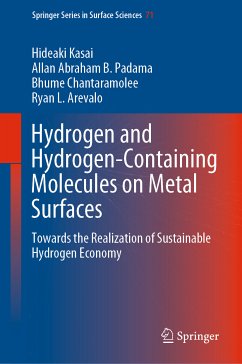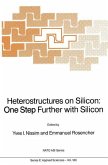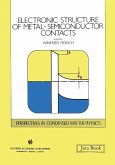This book is dedicated to recent advancements in theoretical and computational studies on the interactions of hydrogen and hydrogenated molecules with metal surfaces. These studies are driven by the development of high-performance computers, new experimental findings, and the extensive work of technological applications toward the realization of sustainable hydrogen economy. Understanding of the elementary processes of the physical and chemical reactions on the atomic scale is important in pursuing materials with high chemical reactivity and catalytic activity as well as high stability and durability. From this point of view, the book focuses on the behavior of hydrogen and hydrogenated molecules on flat, stepped, and reconstructed metal surfaces. It also tackles quantum mechanical properties of hydrogen and related adsorbates such as the molecular orbital angular momentum (spin) and diffusion along the minimum potential energy landscape on metal surfaces. All of these have been foundto profoundly influence the outcomes of (1) catalytic reactions that involve hydrogen; (2) hydrogen storage in metals; and (3) hydrogen purification membranes. Lastly, it surveys the current status of the technology, outlook, and challenges for the long-desired sustainable hydrogen economy in relation to the topics covered in the book.
Dieser Download kann aus rechtlichen Gründen nur mit Rechnungsadresse in A, B, BG, CY, CZ, D, DK, EW, E, FIN, F, GR, HR, H, IRL, I, LT, L, LR, M, NL, PL, P, R, S, SLO, SK ausgeliefert werden.









